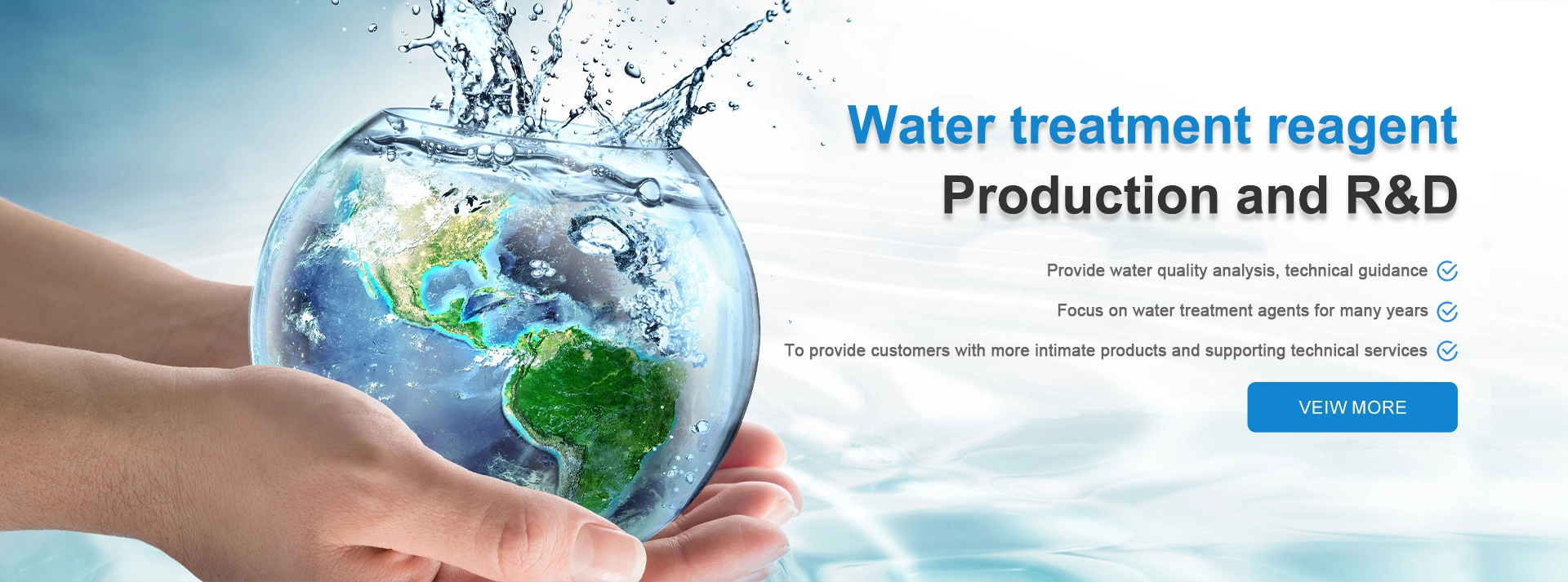Understanding the Principles and Applications of Coagulation and Flocculation in Water Treatment
Coagulation and Flocculation Principles and Applications
Coagulation and flocculation are crucial processes in water and wastewater treatment, which play a significant role in the removal of suspended solids, colloids, and other impurities. These processes are essential for ensuring water quality, making them critical in both municipal and industrial contexts. Understanding the principles behind coagulation and flocculation, alongside their practical applications, provides valuable insight into their importance in environmental management.
Principles of Coagulation
Coagulation is the process by which small particles in water bind together to form larger aggregates, known as flocs. This process is typically initiated by adding chemical coagulants, which are substances that promote particle aggregation. Common coagulants include aluminum sulfate (alum), ferric chloride, and polyaluminum chloride. When these chemicals are added to water, they dissociate into charged particles. The destabilization of colloid particles, which may carry a negative charge, occurs as the coagulant neutralizes these charges, allowing particles to come closer together.
The destabilization of these particles is influenced by several factors, including pH, temperature, and the nature of the particles themselves. The formation of bridge structures between particles often occurs, leading to an increase in the size of the aggregates. Once the particles are sufficiently agglomerated, they can be separated from the water through the process of flocculation.
Flocculation Process
Flocculation is the subsequent step following coagulation. It involves gentle stirring of the water to encourage the formation of larger flocs from the smaller aggregates created during coagulation. This step is critical as it maximizes the contact between particles, allowing for more effective floc formation. Flocculants, which may be synthetic polymers or natural organic materials, are often added at this stage to enhance the aggregation process.
The flocculation process can be divided into two stages rapid mixing and slow mixing. Rapid mixing helps disperse the flocculant and promotes initial floc formation, whereas slow mixing facilitates the growth of larger flocs that can settle more efficiently. The size and density of the formed flocs greatly influence the effectiveness of subsequent separation processes, such as sedimentation or filtration.
Applications of Coagulation and Flocculation
coagulation and flocculation

The applications of coagulation and flocculation extend across various industries, particularly in water treatment systems. Municipal water treatment plants utilize these processes to remove turbidity, pathogens, and organic matter from drinking water. Over time, regulations and technological advancements have driven improvements in coagulation and flocculation techniques, enhancing their efficiency and effectiveness.
In wastewater treatment, coagulation and flocculation are essential in removing contaminants, including heavy metals and phosphates
. The ability of these processes to effectively reduce pollutant levels allows for compliance with environmental regulations and the safe discharge of treated effluent.Additionally, these principles are applied in industries such as paper manufacturing, where the removal of fine particles is critical to producing a high-quality product. Similarly, mining operations employ coagulation and flocculation to manage tailings and reduce the environmental impact of mining activities.
Environmental Considerations
While coagulation and flocculation are effective in removing impurities from water, they also raise environmental concerns. The use of chemical coagulants can lead to the generation of sludge, which requires proper management and disposal. Furthermore, the introduction of chemicals into the water system must be carefully monitored to prevent adverse effects on aquatic ecosystems.
Emerging technologies and practices are being explored to enhance the sustainability of coagulation and flocculation processes. These include the development of biodegradable coagulants and the integration of natural methods, such as the use of bio-coagulants derived from plants.
Conclusion
Coagulation and flocculation are fundamental processes in water and wastewater treatment, providing essential methods for contaminant removal and ensuring water quality. Their importance in various industries highlights the need for continued research and innovation to optimize these processes. Addressing the environmental impacts associated with their use remains a priority, paving the way for more sustainable practices in water treatment and environmental management. As we move towards a more sustainable future, the ongoing exploration of effective and eco-friendly coagulation and flocculation techniques will be crucial in maintaining clean water resources for generations to come.
-
lk-319-special-scale-and-corrosion-inhibitor-for-steel-plants-advanced-solutions-for-industrial-water-systemsNewsAug.22,2025
-
flocculant-water-treatment-essential-chemical-solutions-for-purification-processesNewsAug.22,2025
-
isothiazolinones-versatile-microbial-control-agents-for-industrial-and-consumer-applicationsNewsAug.22,2025
-
scale-inhibitor-key-solutions-for-water-system-scale-preventionNewsAug.22,2025
-
organophosphonates-versatile-scale-inhibitors-for-industrial-water-systemsNewsAug.22,2025
-
scale-and-corrosion-inhibitor-essential-chemical-solutions-for-water-system-maintenanceNewsAug.22,2025





